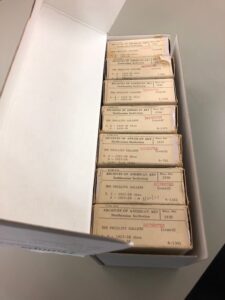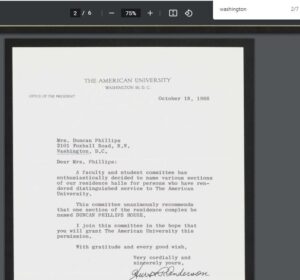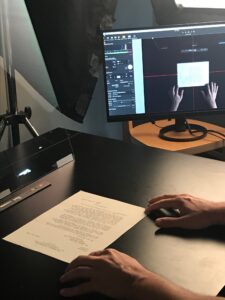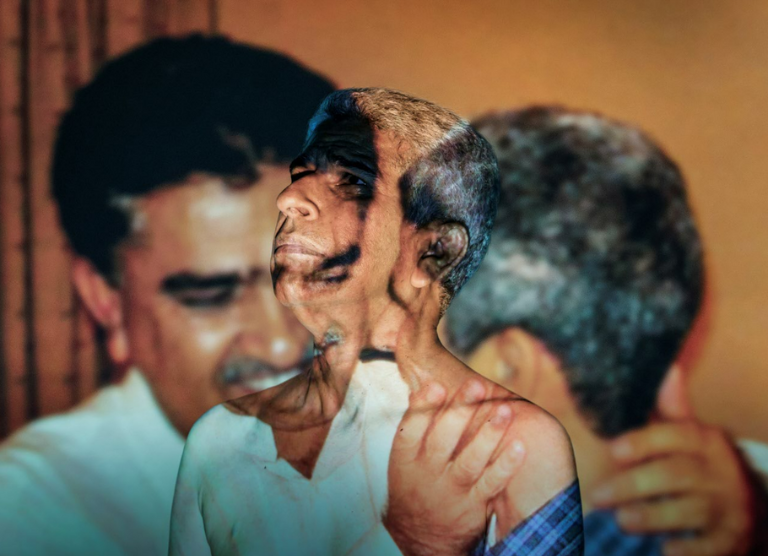Phillips Manager, Archives and Library Resources Juli Folk and former Digital Assets Librarian Rachel Jacobson share the new Finding Aid for the Directorial Correspondence of Marjorie Phillips.
The Phillips Collection Archive is pleased to announce that the Finding Aid for the Directorial Correspondence of Marjorie Phillips is available online. This was one of three archival collections that was imaged as part of a stewardship grant from the Institute of Museum and Library Services.
To learn more about archival digitization please see the latest installment of Archives 101, Expanding Research Capabilities.
This collection is particularly exciting as Marjorie Phillips often does not receive the credit her leadership deserves. Museum visitors have seen her paintings (Night Baseball is often on view) and wondered what relationship she had to the museum and to Duncan Phillips. She and Duncan Phillips established the museum and its renowned art collection together.

Painting by Marjorie Phillips (1951). Marjorie Phillips not only ran the museum from 1966-1972, she was also an accomplished painter.
The correspondence in this archival collection spans her tenure as museum director, 1966 to 1972. She is also featured in some of the letters that make up The Directorial Correspondence of Duncan Phillips (1911-1966). This archival collection was also digitized as a part of the Institute of Museum and Library Services grant.
Through the newly implemented archival information management system, ArchivesSpace, you can access a description of Marjorie Phillips and her correspondence collection and click on images to bring you to full, digital versions of the folders that make up this collection. You can browse all 9,913 Digital Objects on the system. These objects are digital representations of the folders that make up three collections in The Phillips Collection Archive. One goal of this project is to make these records more accessible and spark new curiosity about the documents, some of which are over 100 years old.
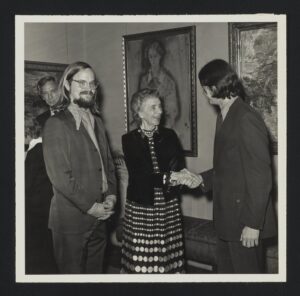
Photo taken at the retirement party for Marjorie Phillips October 18th, 1972. Marjorie stands with former employee Bill Koberg and Mike Green. In the background is her son, Laughlin Phillips, who directed the museum after Marjorie.

